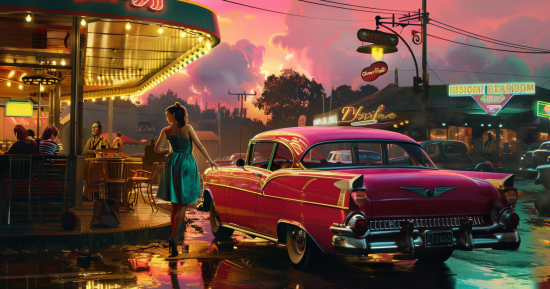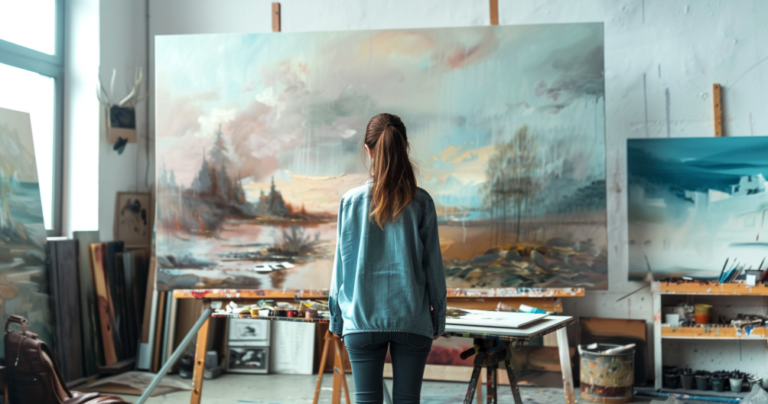As the leaves begin to change and the air turns crisp, autumn offers an inspiring palette of colors for your artistic endeavors. Whether you’re a beginner or a seasoned artist, painting fall landscapes can be a fulfilling and therapeutic experience.
By capturing the warm hues of orange and red, and the serene beauty of fall foliage, you can create stunning artwork that resonates with the season’s charm.
Fall Painting Landscape
Exploring a variety of techniques is vital to honing your skills. From painting rustic roads lined with orange leaves to depicting tranquil woodland scenes, there are countless subjects to inspire your art. Remember, the beauty of fall lies in its fleeting moments, so embrace the opportunity to capture it with each stroke of your brush.
Exploring the Beauty of Fall
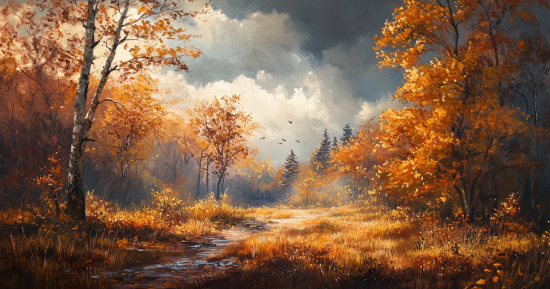
Colors and Light
In the fall, colors take center stage with rich hues of reds, oranges, and yellows painting the landscape. These vibrant shades provide an opportunity to experiment with contrast and depth in your artwork. Aim to capture the subtle variations in leaf colors to add authenticity. Light plays a pivotal role, too. The soft, golden light during this season can add warmth and dimension. Please pay attention to the angle and time of day as they affect how shadows fall across the scene, enhancing your painting’s mood and depth.
Choosing Your Landscape
Selecting a suitable landscape is vital in fall painting. Consider locations where foliage is plentiful and varied, such as forests, parks, or countryside vistas. These settings can display a dazzling array of autumn colors. You might also explore incorporating water elements like lakes or rivers, which reflect the colorful trees, adding an exciting dynamic to your composition. Look for natural features like hills or pathways that help guide the viewer’s eye through your painting, creating a visually enticing flow. Choose scenes that resonate personally to convey a genuine connection in your work.
Techniques and Tips for Fall Landscapes
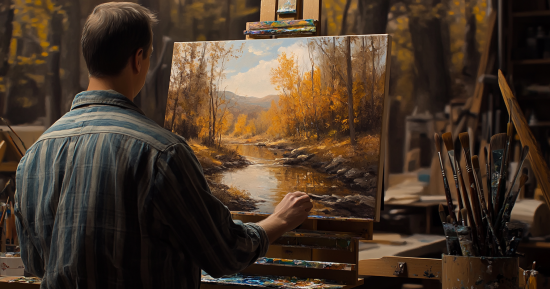
Painting Techniques
Acrylics are popular for fall landscapes due to their bright colors and quick drying time. Mixing colors on the palette can help you achieve the rich hues of autumn leaves. Consider the Dry Brush technique, where you use a brush with little paint to create rough textures, ideal for leaf surfaces.
Impasto is another technique in which you apply paint thickly with a palette knife. This can add a 3D feel to elements like tree bark and foliage. Always mix your paints with just enough medium so that textures appear natural without overburdening the canvas.
Composition and Perspective
Composition in fall landscapes revolves around choosing the correct elements that define autumn. A winding path through a forest or a scenic view of distant hills can create depth and interest. Use diagonal lines or pathways to lead the viewer’s eye through the painting, enhancing the scene’s dynamic quality.
Perspective is critical in making your landscape look realistic. Experiment with different angles, like a bird’ s-eye view or a ground-level view to add variety. Objects placed at varying distances, such as trees in the foreground and hills in the background, can help create a sense of space.
Capturing Texture
Foliage is an essential part of fall landscapes; capturing its texture can make your work stand out. Use a palette knife to create the intricate surfaces of leaves. Layering different shades can depict the natural wear and variety of colors seen in autumn.
For added realism, experiment with sponging or stippling to depict the bumpy texture of tree trunks and uneven ground. These methods involve tapping a sponge or brush onto the canvas to create unique patterns. This technique adds life and dimension to areas that might otherwise seem flat or lifeless.
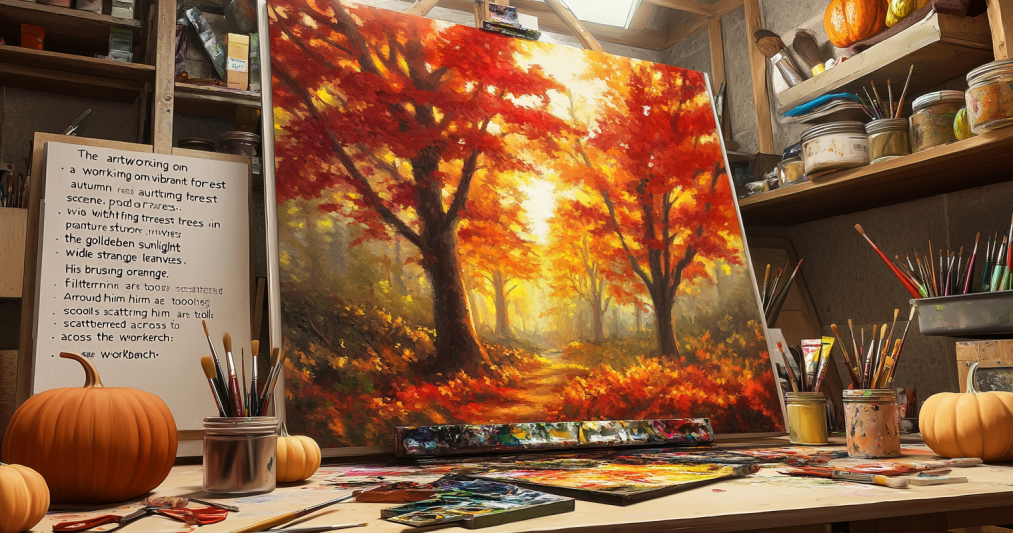
Frequently Asked Questions – Fall Painting Landscape
What are some easy techniques for beginners to start a fall landscape painting?
If you’re new to painting, starting with simple techniques can be effective. Focus on color blocking to create the basic shapes and forms. Layering colors helps convey depth and texture. Use a small palette knife to add texture, and practice blending warm autumn hues for a vibrant result.
Where can I find inspiration for creating a fall landscape painting?
The beauty of autumn is an excellent source of inspiration. You can visit local parks or forests to observe the changing colors and natural scenery. Online resources, such as video tutorials like this one on painting autumn landscapes, can stimulate your creativity with ideas from other artists.
What materials do I need to paint a fall landscape on canvas?
For a successful fall landscape painting, gather essential materials like acrylic or oil paints in autumn shades, brushes of various sizes, and a palette for mixing colors. You’ll also need a good-quality canvas, and having a medium for thinning paint can be helpful. A palette knife can add exciting textures to your piece.





